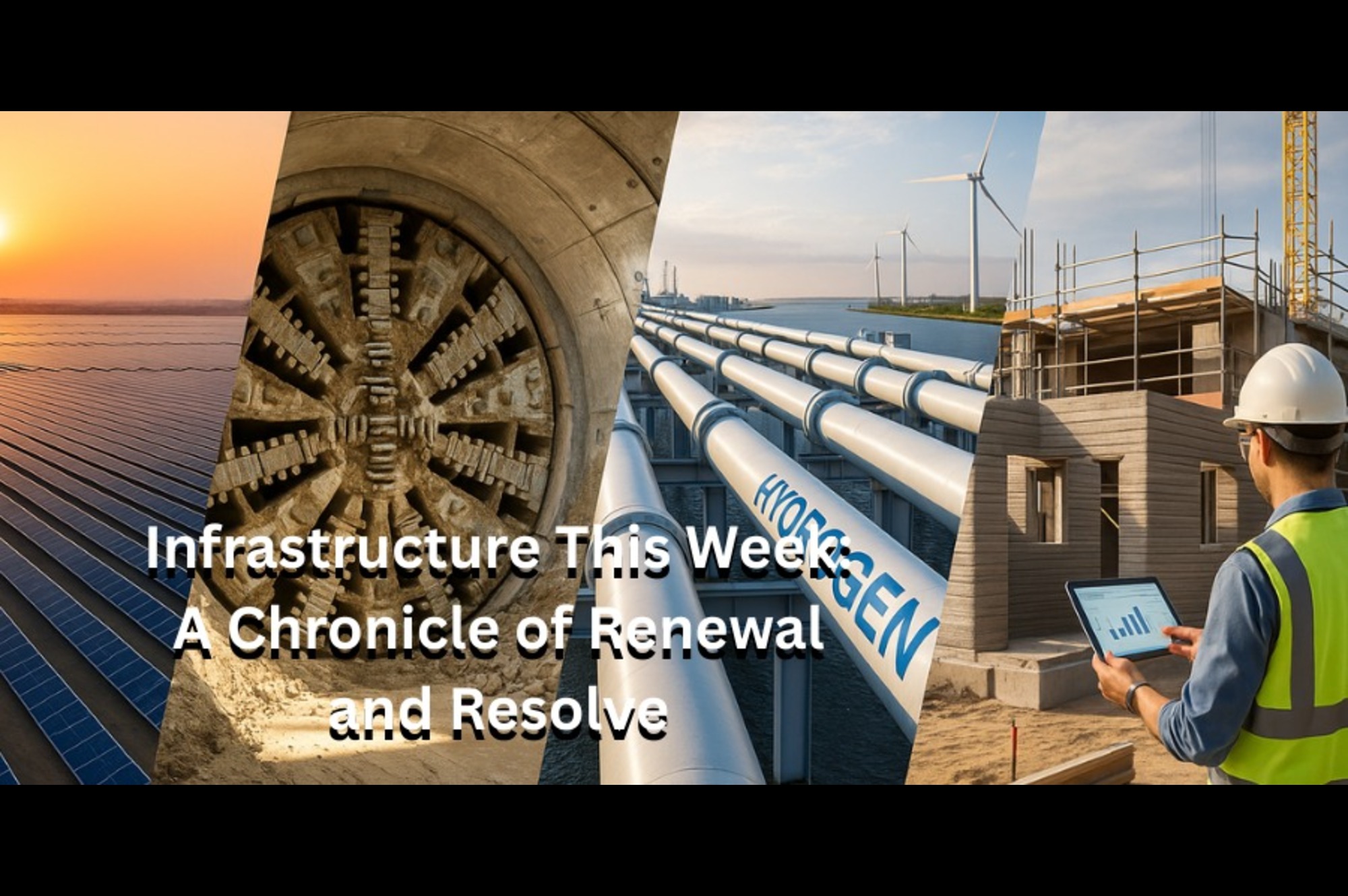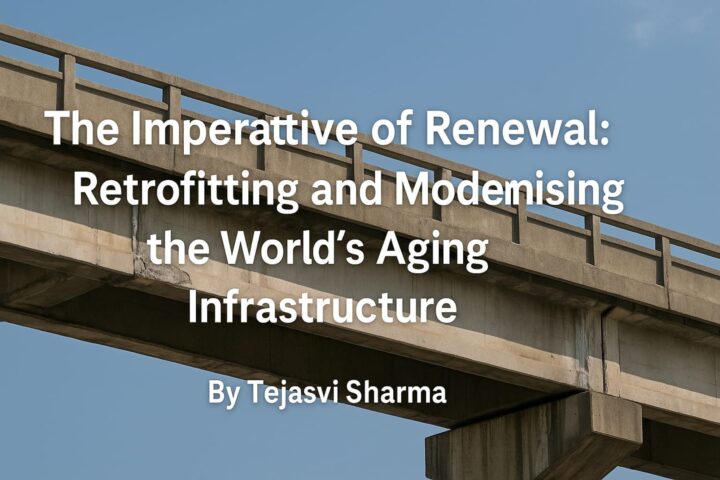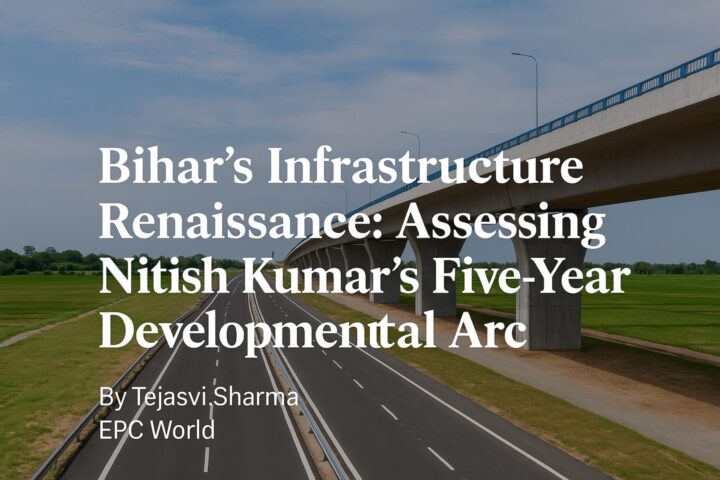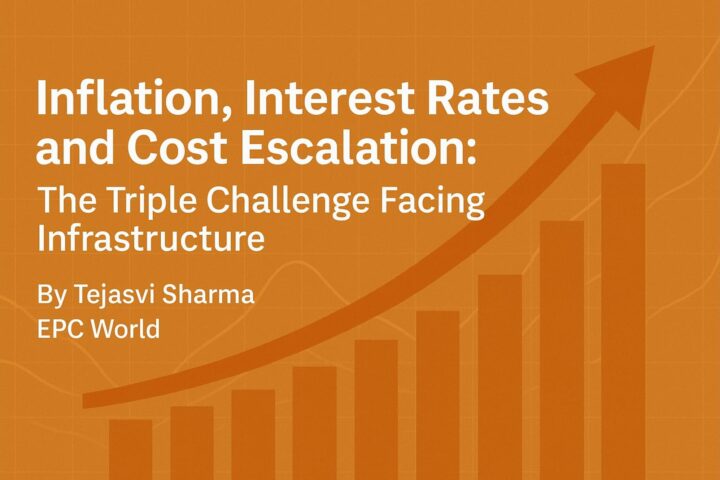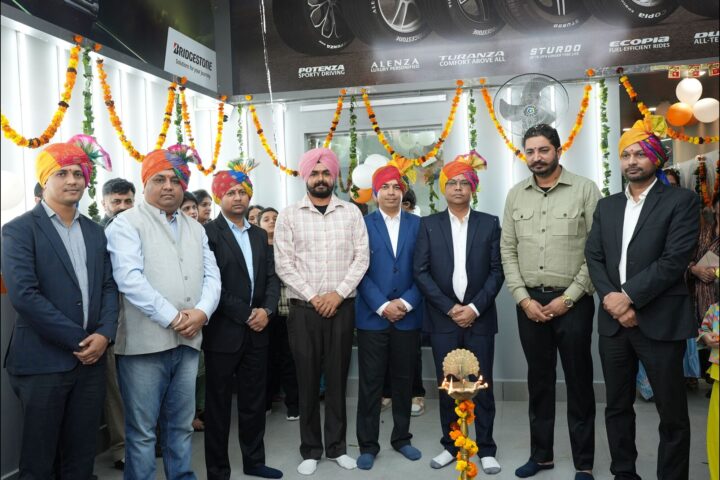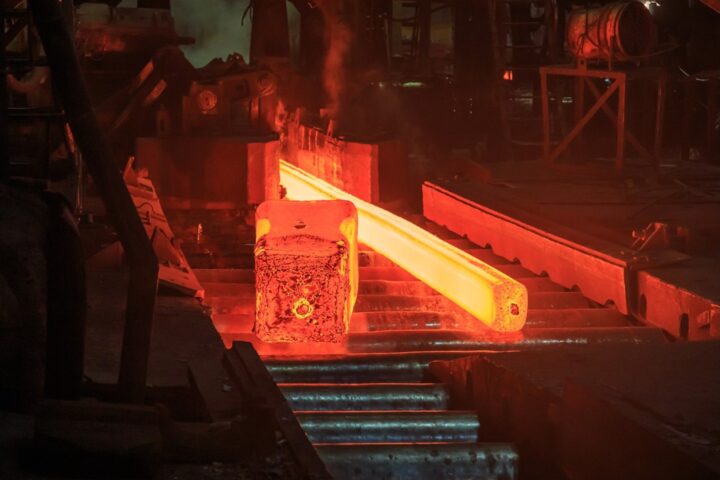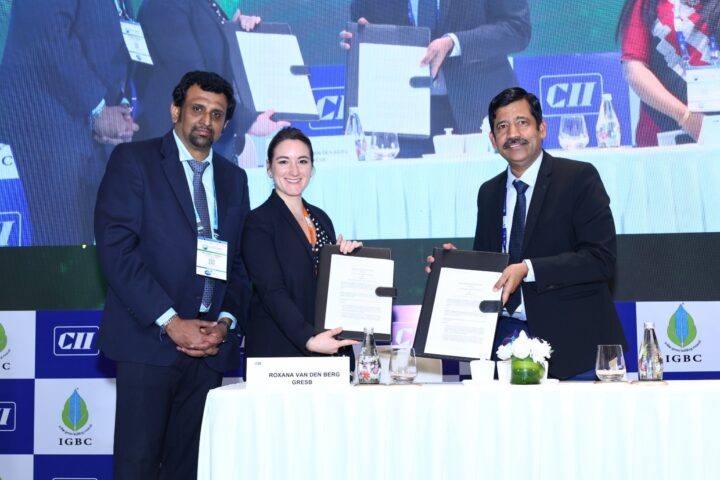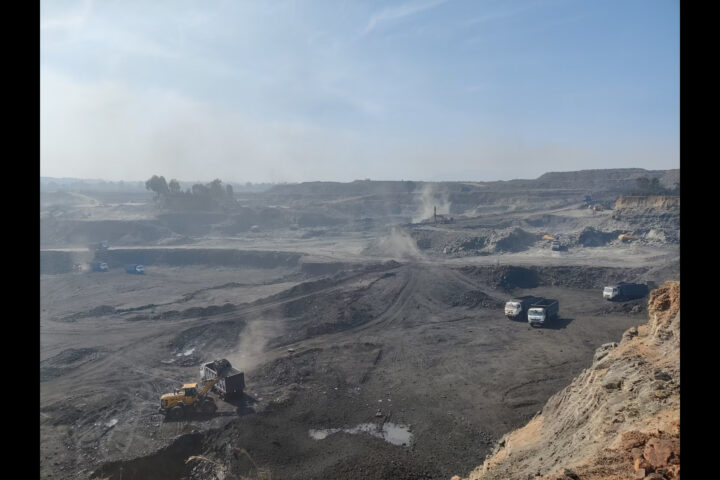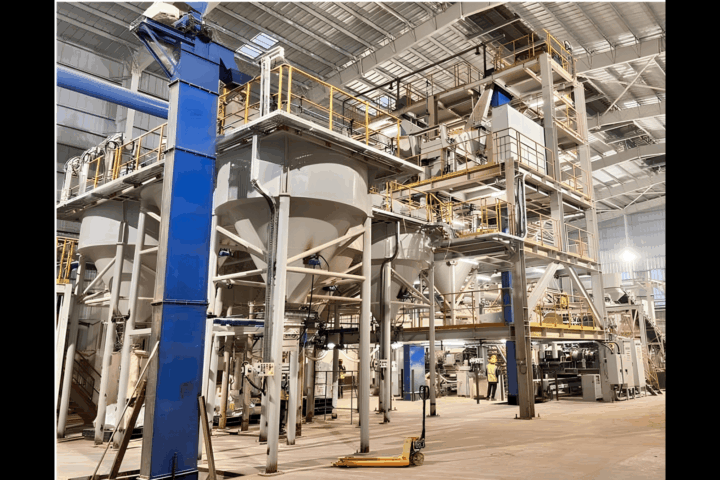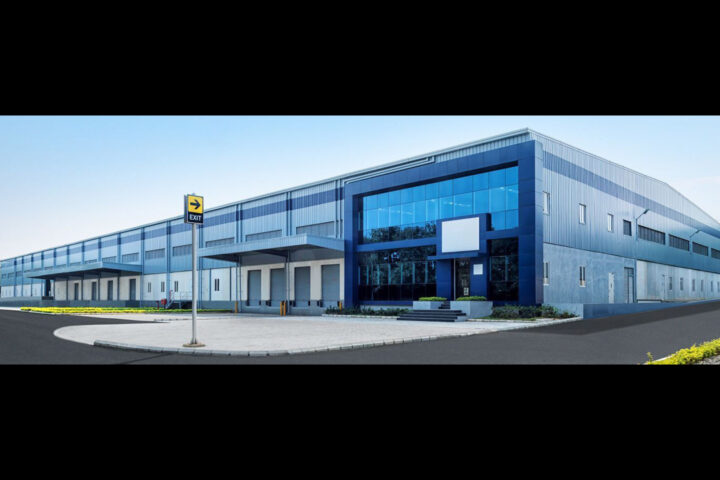by Tejasvi Sharma, Chief Editor, EPC World
In the ever-evolving theatre of infrastructure development, the past week has been emblematic of a sector simultaneously navigating monumental ambition and the weight of persistent complexity. From the corridors of policymaking in New Delhi to the wind-swept construction sites of northern Europe, a series of announcements and milestones have underscored both the unrelenting dynamism of the global infrastructure ecosystem and the ingenuity that continues to propel it forward.
Perhaps most emblematic of India’s infrastructural momentum is the Union Cabinet’s recent approval of an ambitious logistics policy framework designed to integrate multi-modal transport corridors with digital freight tracking and warehousing optimisation. While policy initiatives of this nature are often encumbered by the inertia of bureaucratic implementation, this framework demonstrates an increasingly sophisticated understanding of infrastructure not as mere civil engineering but as a composite of technology, efficiency, and institutional coordination. If realised as envisaged, it promises to pare logistics costs from the present 14% of GDP to a more globally competitive 8–9% over the coming decade—a transformation that could recalibrate the competitiveness of India’s manufacturing and agricultural exports.
Meanwhile, in the energy domain, the inauguration of the world’s largest single-location solar photovoltaic plant in Rajasthan has captured both headlines and imaginations. Spanning over 14,000 acres, this colossal project not only signifies India’s ascent as a renewable powerhouse but also raises the bar for engineering scale and complexity. The plant’s fully automated cleaning systems, drone-enabled inspection protocols, and AI-assisted grid management exemplify a paradigm shift wherein technological innovation becomes not ancillary but integral to infrastructure delivery.
Across the globe, the United States has witnessed its own inflection point with the passage of the much-anticipated permitting reform legislation aimed at streamlining federal approvals for energy and transportation projects. Long decried as an impediment to progress, the labyrinthine permitting process has historically delayed major undertakings by years, if not decades. The reforms—while not uncontroversial—signal a pragmatic recognition that achieving decarbonisation targets and infrastructure modernisation requires more than aspiration; it necessitates decisive institutional reconfiguration.
Europe, too, has been witness to instructive developments. The Port of Rotterdam Authority unveiled its blueprint for Europe’s first large-scale hydrogen pipeline network, a testament to the continent’s commitment to decarbonised industrial corridors. The proposed infrastructure, which will interconnect refineries, chemical plants, and logistics hubs, underscores the inexorable pivot toward energy systems that are as sustainable as they are resilient. While critics have rightly cautioned that the maturity of hydrogen storage and transport technologies remains uneven, the mere articulation of such an endeavour reflects an appetite for experimentation commensurate with the climate challenge.
Closer to home, several notable project completions deserve recognition. The Mumbai Coastal Road project reached a pivotal milestone with the successful installation of the final precast segment of its undersea tunnel, a feat of marine engineering that will soon ease congestion and transform urban mobility along the city’s western shoreline. In Delhi, the new Ashram flyover extension opened to traffic after a series of pandemic-induced delays, offering commuters a tangible reprieve from chronic bottlenecks that have long plagued the arterial corridor.
Equally noteworthy is the proliferation of construction technology startups that continue to recalibrate the traditional contours of the EPC industry. From 3D-printed housing modules now trialled in Bengaluru to predictive analytics tools being deployed on highway construction sites in Maharashtra, the convergence of digital tools with physical infrastructure is no longer a theoretical proposition but an operational reality. This inexorable shift toward smart construction demands an industry mindset that is as adaptive as it is technically proficient.
While this roundup offers only a snapshot of a week replete with transformative events, it reinforces a cardinal truth: infrastructure is no longer confined to brick, mortar, and steel. It is a synthesis of policy innovation, technological daring, and executional finesse. As editors chronicling this sector’s relentless evolution, we remain committed to bringing you the stories that illuminate both its promise and its complexities.
Let this moment serve as both a reflection and a call to action—for stakeholders to redouble their efforts, embrace innovation without trepidation, and remain unwavering in their pursuit of infrastructure that serves not merely economies, but societies.


